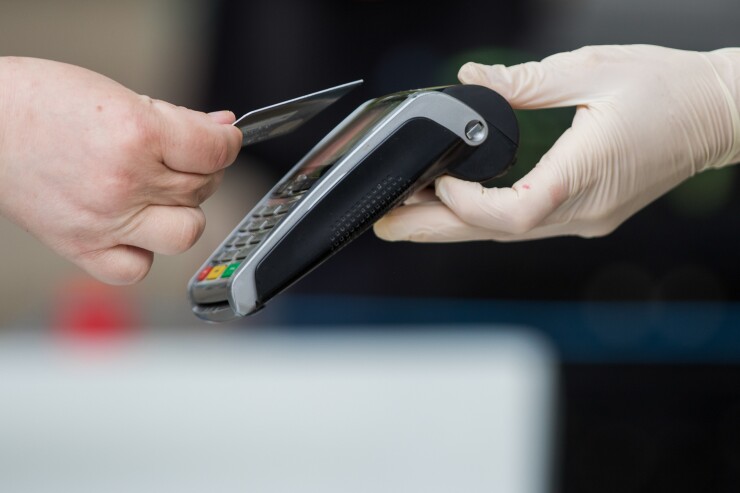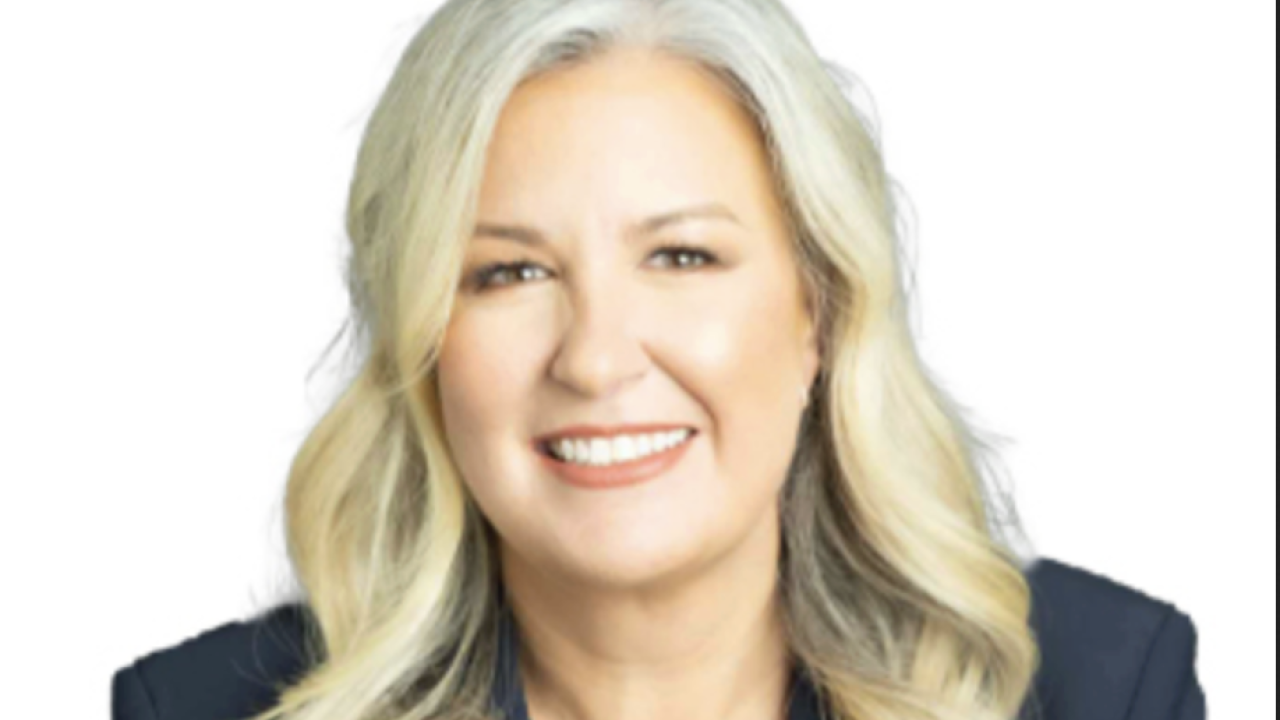
Chargebacks are a perpetual problem that's growing worse, with Datos Insights predicting a 24% rise to 324 million transactions globally in 2028. But banks don't have to take the problem lying down. There are several things they can do.
"
Here are multiple ways banks can mitigate
Take an all-hands-on-deck approach
Whenever possible, banks need to identify ways to automate the process to reduce costs, said Christina Hulka, executive director of the U.S. Payments Forum and its parent, The Secure Technology Alliance. The value of global chargebacks is expected to climb 23% to $41.69 billion in 2028 from $33.79 billion in 2025, according to Datos Insights. "It's one of the most significant costs in [banks'] ecosystem," Hulka told American Banker.
Notably, U.S. financial institutions require one employee for each $13,000 to $14,000 in incoming card disputes each year, with each dispute costing about $10 to process, costing millions annually, according to a recent Mastercard
Stamping out chargebacks to the extent possible includes taking advantage of various tools offered by
"This is not just a bank problem; it's not just a merchant problem; it's not just a consumer problem," said Suzanne Sando, a lead analyst in the fraud management practice at Javelin Strategy & Research. "Everybody has a stake in this to help reduce the chargeback volume and mitigate chargeback fraud."
Focus on fraud prevention technology
Many banks have implemented robust fraud-prevention tools, but the fraudsters are often one step ahead. That's why it's so important for banks to continue investing in robust fraud detection tools, many of which use AI to mitigate fraud. This includes the ability to better verify consumers at the time of purchase and other real-time fraud detection to prevent illegitimate transactions.
Third-party fraud accounts for 25% of merchant chargebacks, according to the Mastercard report.
Support tokenization
The use of tokenization to prevent card data from being stolen online has increased, but it needs to be more widespread, according to Ranjita Iyer, executive vice president for North America for services at Mastercard. Larger banks generally support tokenization, but not all smaller banks do, she told American Banker.
Mastercard reported in a 2024
Transparency
It's not just about keeping the bad guys at bay. Banks need to focus on solutions to prevent chargebacks that stem from preventable customer mistakes. Even payments professionals like Sando of Javelin have had instances where they don't recognize charges. Not having enough details about a payment can lead to customer confusion and a greater potential for chargebacks. The Mastercard report shows that 38% of merchant chargebacks are not fraud.
There are solutions for the problem, however. Mastercard, for instance, has an offering that enables rich purchase information sharing, including clear merchant names, logos, geolocation data and fully itemized receipts that can be incorporated into banks' apps.
Steer consumers to merchants first
When consumers see statement charges they don't recognize, many call their credit card company. But speaking with the merchant first is best practice, payments professionals said.
Many banks have made it easier to file disputes through their apps, which is helpful for consumers, but they should still be directed in the app to go to their merchant first, Tynan of Chargeback Gurus told American Banker. "The merchant has more information than the bank does," he said.
It's also important for banks to educate customer representatives to direct customers to merchants first, he added. "The more that things can be resolved directly with consumers and merchants, it's better for everyone."
Strong two-factor authentication
Since
Subscription management
Banks can also mitigate chargebacks by helping with subscription management, Iyer said. "Subscriptions are a huge driver of chargebacks [because] many cardholders dispute signing up for something," she told American Banker.
Last year, Capital One partnered with Minna Technologies, a company
"This is not very widespread within banking apps, but a lot of banks are thinking about it and moving towards it," Iyer said.






